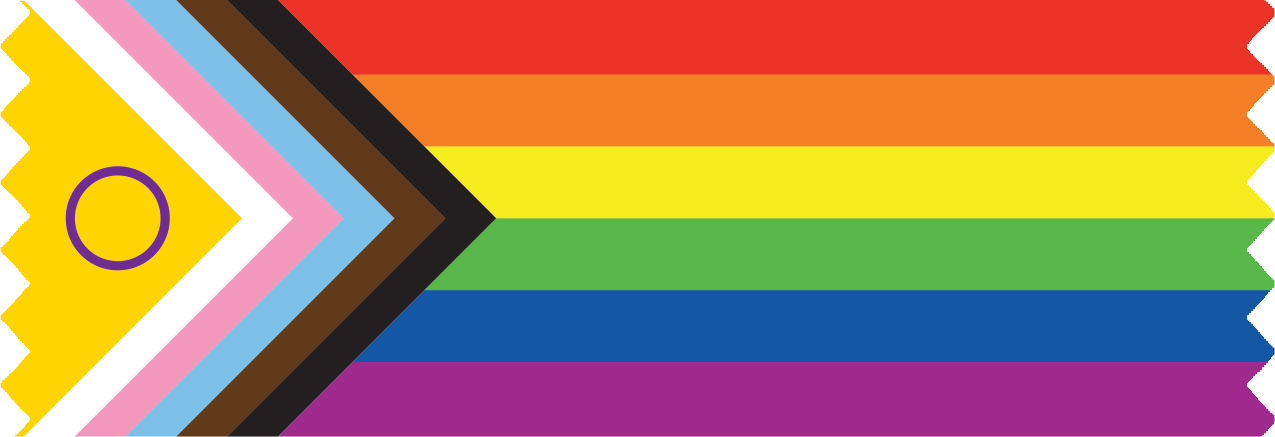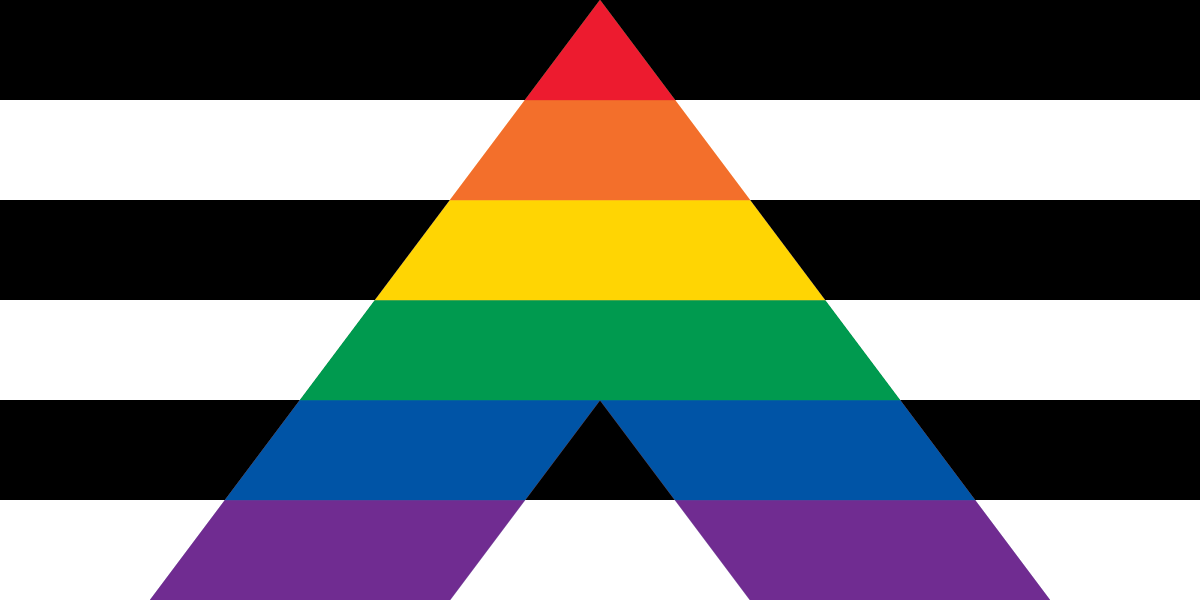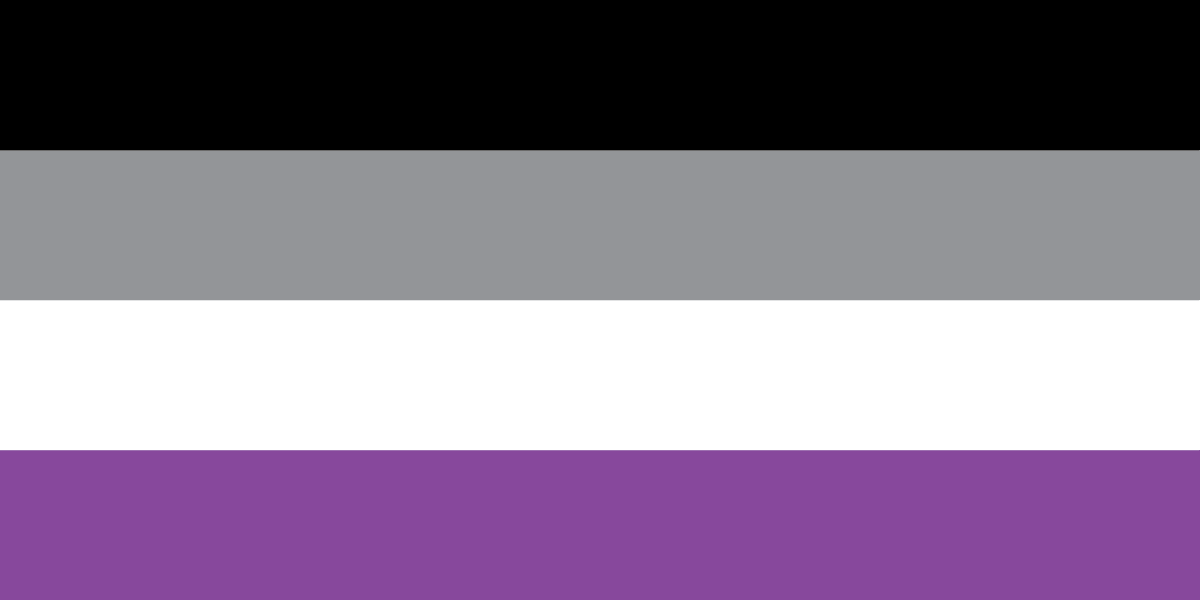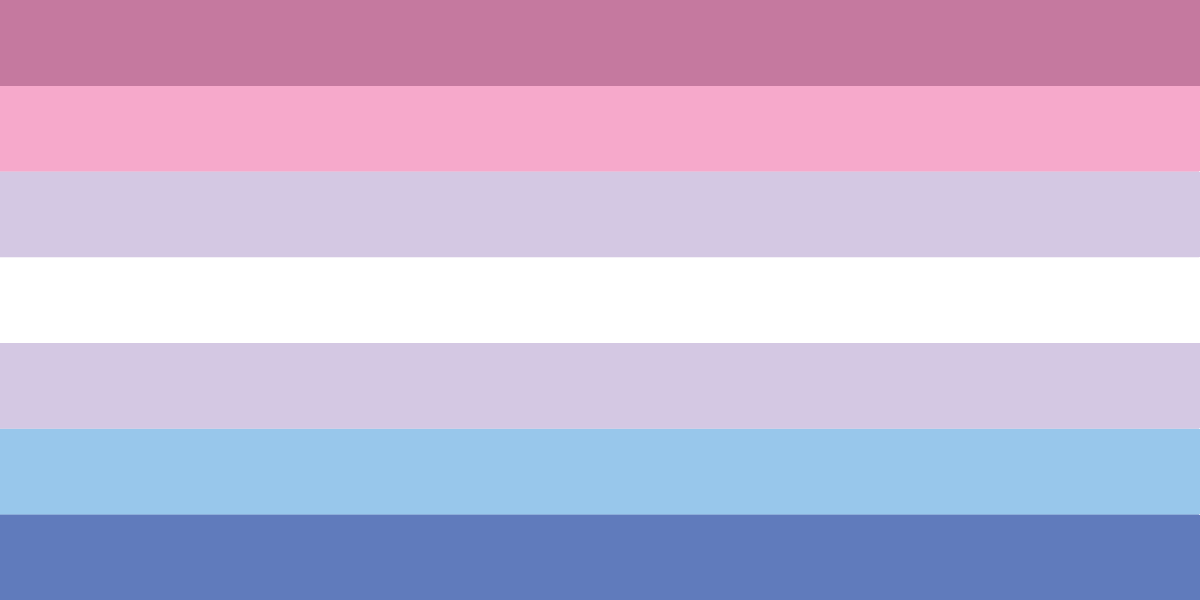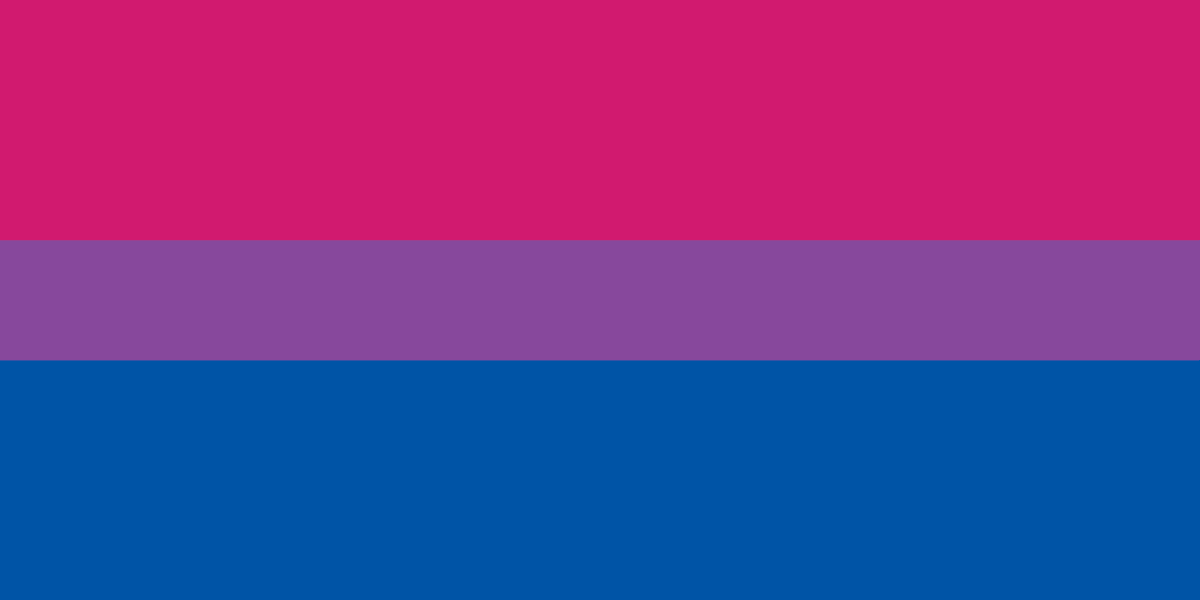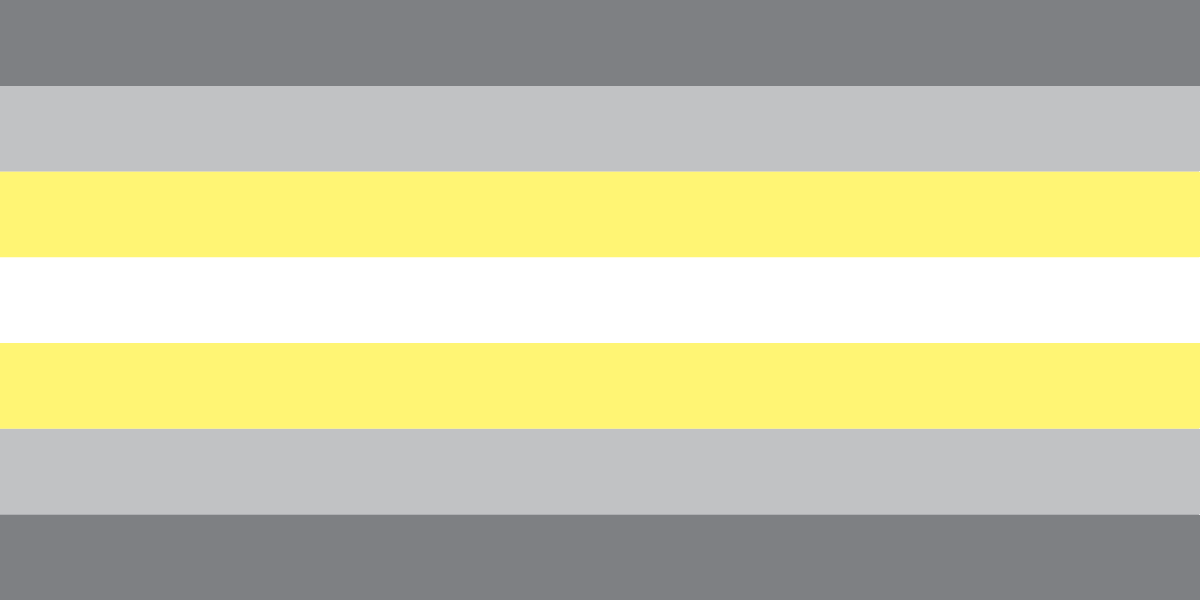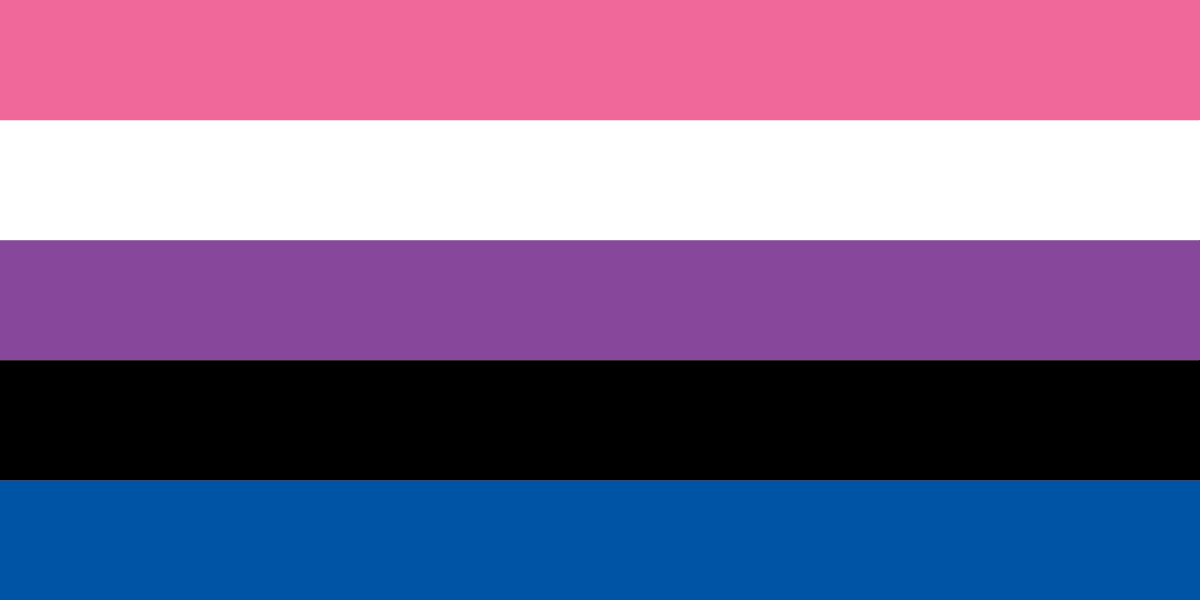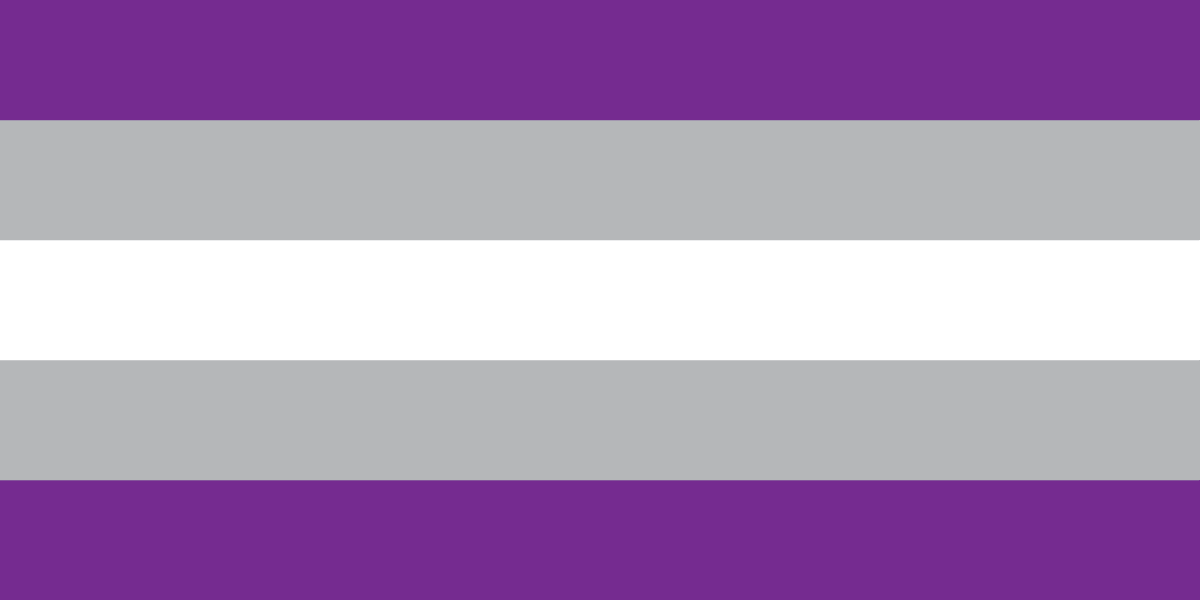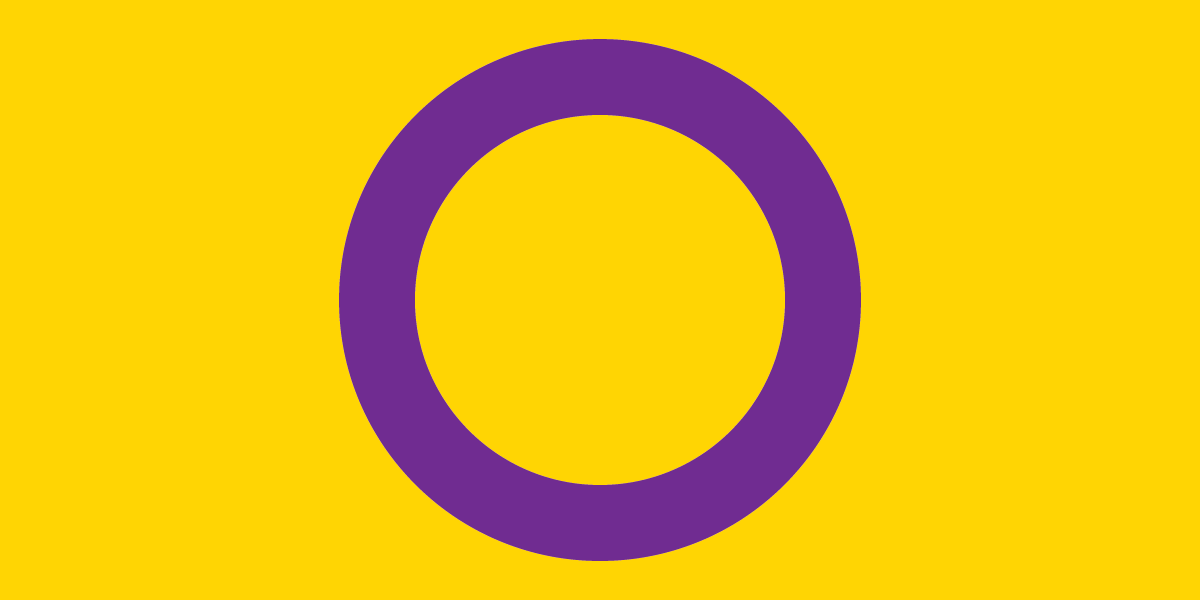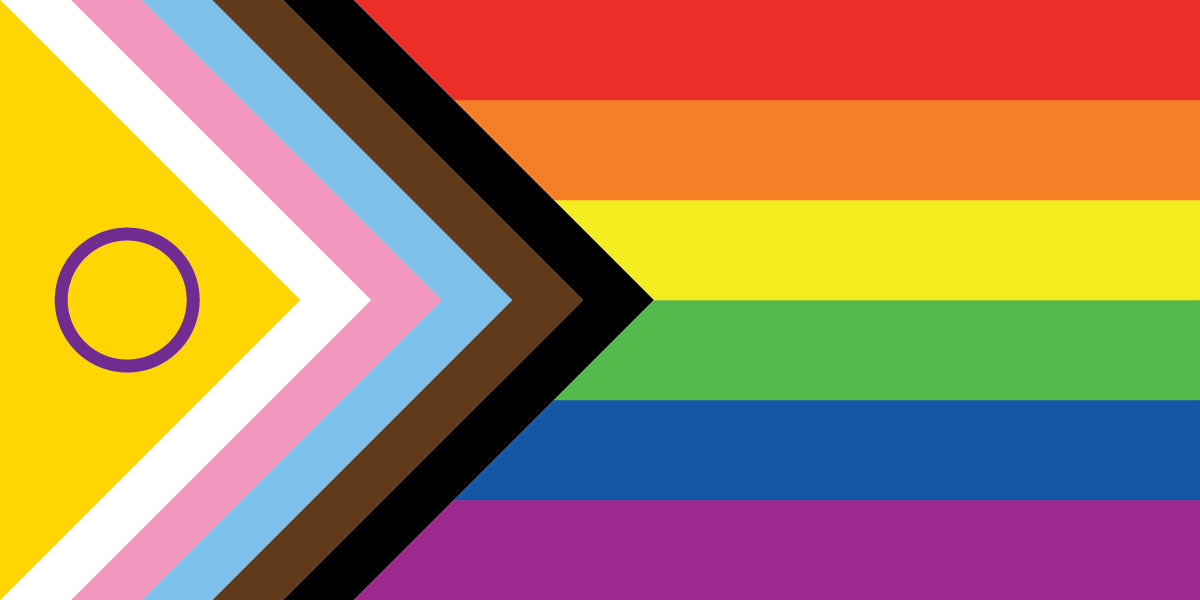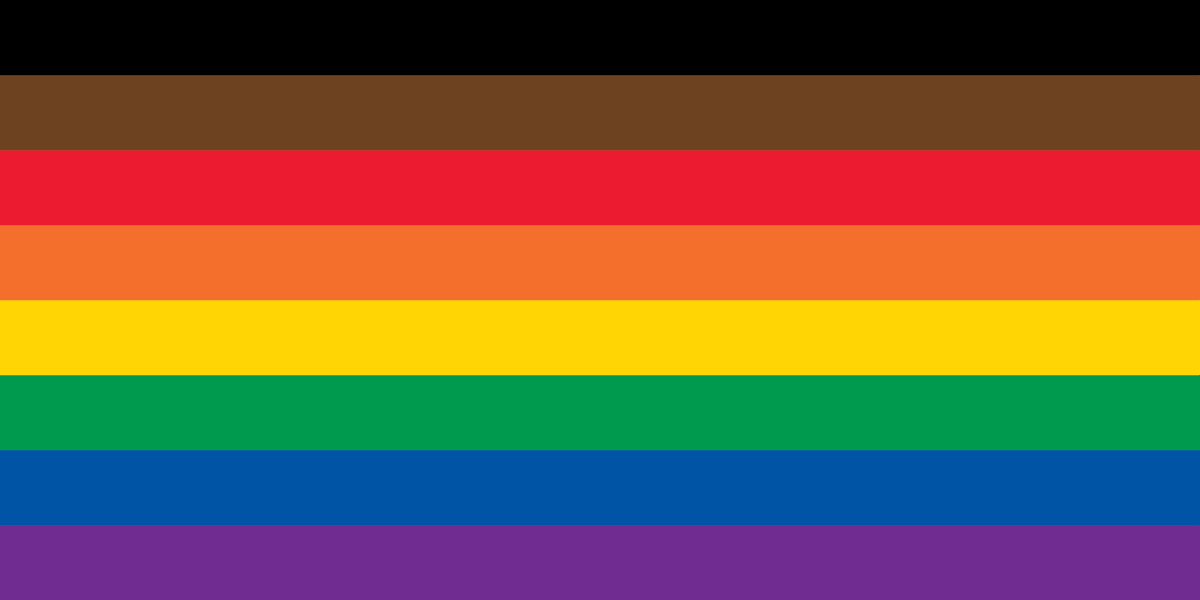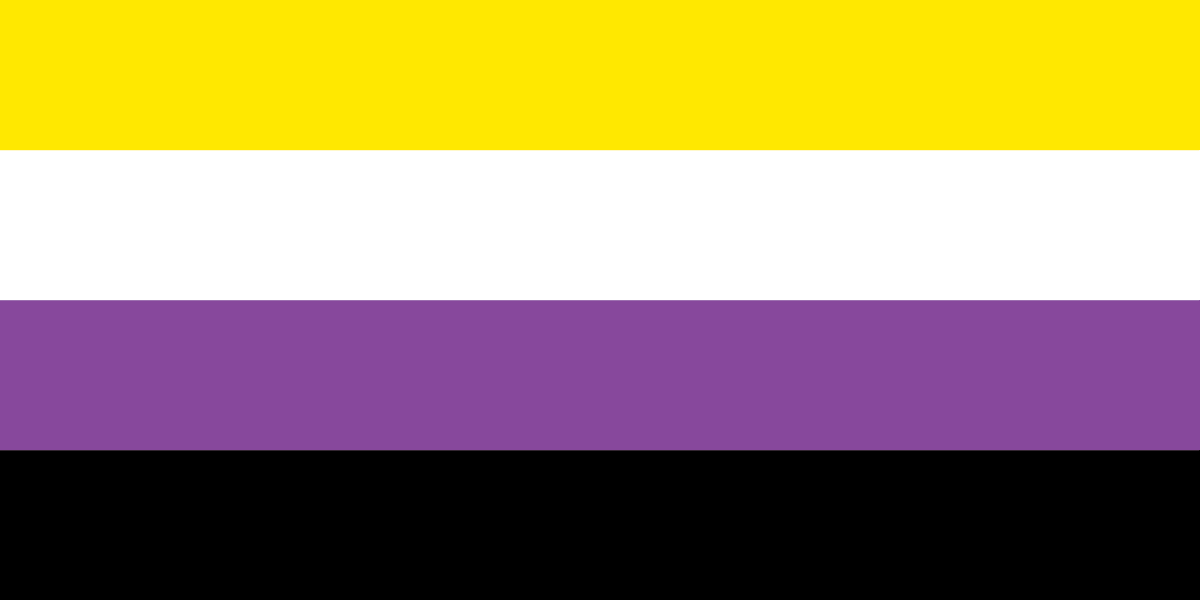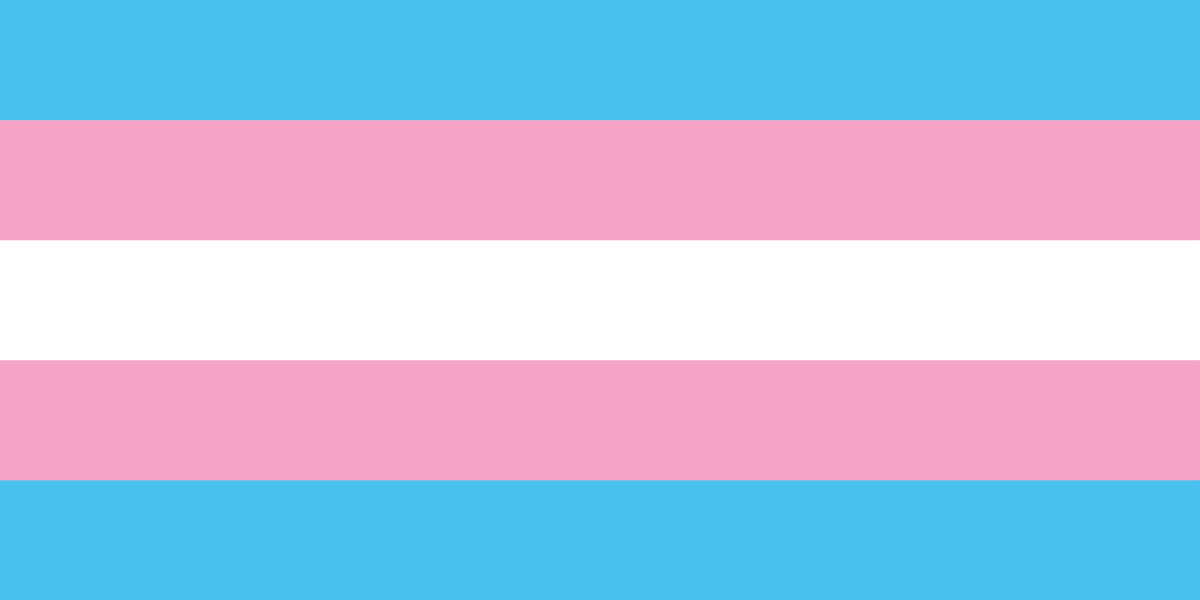Our Pride Flag Badge Ribbons are meant to demonstrate some of the diversity within our own community. While we use the umbrella term “Gaymer” for any individual in the LGBTQIA+ gaming community, we recognize that it is a simplification. Even the pride flags themselves do not completely define a person’s sexual orientation, romantic orientation, or their gender identity.
Most of the descriptions below have been borrowed from the LGBTQIA+ Wiki and many of the “more…” links will take you to the respective page on that website. We acknowledge the great work of this wiki community; however, any opinions shared on their website do not necessarily reflect the feelings of the Tabletop Gaymers’ officers, directors, or our community.
These ribbons are available through our Donor Rewards website with the “Gaymer”, or in one case “Ally”, mark.
Ally
Ally, when used in relation to the LGBTQIA+ community, is someone who supports LGBTQIA+ people in partnership with them and advocates for them, even without having a direct stake in the cause, such as a cisgender person who actively supports transgender rights. Being an ally is not considered an identity; it is an ongoing process that requires action and continuous learning. more…
Agender
Agender, also known as genderless, can be one of the A terms in the acronym LGBTQIA+. It is a gender identity that has been defined multiple ways, including: Not identifying with any gender, particularly the gender binary; not male, not female, not both or neither. Feeling gender neutral. The absence of a feeling of gender or lacking gender. Rejecting the concept of gender. Feeling the concept of gender is personally irrelevant. more…
Aromantic
Aromantic, often shortened to aro, describes people who do not experience romantic attraction, or experience little-to-no romantic attraction. One of the meanings of the A in LGBTQIA+ is Aromantic. Aromanticism is a romantic orientation and may involve forms of attraction that are not necessarily romantic, or interests in relationships that are intimate in other ways. There is no singular experience of aromanticism. more…
Asexual
Asexual, or ace, refers to people who do not experience sexual attraction toward others. They may experience other forms of attraction, such as romantic, sensual, or aesthetic attraction. Asexuality is a sexual orientation, not a gender identity, behavior, or medical condition. Some asexual people choose to engage in sexual activities for various reasons despite not experiencing sexual feelings and desire toward any particular person. Asexuality is part of the asexual spectrum (abbreviated “ace spectrum”), an umbrella term and a broad community of identities that are closely related to asexuality when placed on a spectrum ranging from asexual to sexual. more…
Bigender
Bigender is a gender identity in which a person has or experiences two genders. The genders may be any combination of two genders, and those genders can be binary (“man” or “woman”) or non-binary. They may be experienced simultaneously or may alternate, and they may not be experienced equally or in the same way. For example, a bigender person may be both a woman and a man, agender and neutrois, or non-binary and a woman. Bigender is an identity under the transgender umbrella. more…
Bisexual
Bisexual, or bi, is a sexual orientation encompassing sexual attraction to multiple genders and/or sexes, with various definitions that include attraction to: men and women, two or more sexes or genders, one’s own gender and to at least one other, all sexes or genders, or regardless of gender or sex. Some bisexual people experience different kinds of attractions to the genders or sexes they are attracted to or may feel attracted to different sexes or genders over time. more…
Demiboy
Demiboy is a person who is partially boy; someone who partially, but not entirely, identifies as a man or otherwise masculine. Alternative terms for this label include demiman, demimale, and demiguy. Demiman in particular is sometimes used by adults who otherwise feel uncomfortable with the implication of being a young age from the “boy” in demiboy. more…
Demigender
Demigender is an umbrella term for non-binary gender identities that feel a partial, but not full, connection to a particular gender. Anyone can be demigender regardless of what gender they were assigned at birth, and demigender individuals may identify as another gender in combination with their demigender identity. more…
Demigirl
Demigirl is a person who is partially girl; someone who partially, but not entirely, identifies as a woman or otherwise feminine. Alternative terms for this label include demiwoman, demilady, demifemale, and demigal. In particular, demiwoman can sometimes be used if a person is an adult, and is uncomfortable with the implication of young age with the use of “girl” in demigirl. more…
Demiromantic
Demiromantic describes people who do not experience romantic attraction until they have formed a deep emotional connection with someone, according to the most common definition. Other definitions of this romantic orientation are only experiencing limited romantic attraction, or falling somewhere on a spectrum between aromantic and romantic; the latter definition overlaps with one for grayromantic. more…
Demisexual
Demisexual is a term used to describe those who do not experience sexual attraction to others unless they form a strong emotional bond with someone first. Demisexual people may still experience romantic attraction, but until a deep connection is formed, there is no sexual attraction involved. They may have little to no interest in sex and may only experience sexual attraction rarely, but that is not the case with all demisexuals more…
Gay Men
Gay men are men with an enduring physical, romantic, and/or emotional attraction to other men. This term is separated from that of the umbrella term gay to focus specifically on this combined sexual orientation and gender due to the extensively documented culture and history of gay men. more…
Genderfluid
Genderfluid, or simply fluid, refers to someone whose gender identity changes over time. A genderfluid individual can identify as any gender, or combination of genders, at any given time. Their gender can change at random, or it may vary in response to different circumstances. At times, these individuals may identify as male, female, both, or neither. Their pronouns may vary at different times. The term genderfluid can be used as a specific identity in itself or as a descriptive term. They are generally considered under the non-binary and transgender umbrellas, but not all genderfluid individuals identify with those terms. Some genderfluid people transition socially, physically, and/or legally. more…
Genderqueer
Genderqueer is a gender identity that is neither male nor female, is a combination of the two binary genders, is on a continuum between those two genders, or queers gender in some way. Both genderqueer and non-binary can be seen as umbrella terms or as more specific identifiers. Some, but not all, genderqueer people identify as transgender. more…
Gray-Asexual
Gray-asexual, also known as gray-sexual or gray-ace, is an asexual identity characterized as being “in between” asexual and allosexual; that is, being asexual while also able to experience, or have experienced previously, sexual attraction. People who identify as gray-asexual may experience sexual attraction that is uncommon for the individual, may only be directed toward specific people, occurs infrequently, at low intensity, or in an ambiguous way. The term is often included in the asexual spectrum. more…
Intersex
Intersex is an umbrella term for people who are born with or develop sex characteristics that differ from the binary notions of a “male” or “female” body. The dissimilarities between individuals in terms of their hormones, chromosomes, external and internal reproductive organs, or secondary sex characteristics are commonly referred to as variations. An individual’s intersex traits may include variations in one or multiple of the aforementioned types. These variations can be noticed at birth or later in life. more…
Intersex Inclusive Progress Flag
The Intersex Inclusive Progress Flag is a derivative work of the Progress Flag., a copywritten work of Daniel Quasar. It is a general pride flag that is meant to highlight the often overlooked struggles of intersex individuals. It does not represent any one community, but attempts to be inclusive of all queer communities. more…
Lesbian
Lesbian is most often defined as a woman who is attracted to other women romantically, sexually, or both, among many other definitions. The term is generally used as a self-identification of sexual or romantic orientation. Although lesbians are frequently defined as women who are exclusively attracted to women, they have also been referred to as women primarily attracted to other women. Some prefer to use or additionally use “gay” or “gay woman” as an identifier. more…
Maverique
Maverique is a non-binary gender identity that is defined by autonomy and conviction about one’s inner sense of self. It is not related to or derived from manhood or womanhood, but also is not neutrois or agender. more…
More Color, More Pride
The More Color, More Pride flag is a non-specific community flag with the original intent to be more welcoming to persons of color. It was developed by the City of Philadelphia’s Office of LGBT Affairs in 2017. more…
Non-Binary
Non-binary, sometimes written as nonbinary, is a term referring to individuals whose gender identity does not exclusively fall into the binary gender classification of only “man” or “woman.” Those who are non-binary may identify with either masculinity or femininity in some capacity, both, or neither at all. Although it is a gender identity on its own, it can also be used as an umbrella term to refer to many gender identities. While non-binary is included in the transgender umbrella, not all non-binary people identify as transgender. more…
Pansexual
Pansexuality is the sexual attraction toward people regardless of their sex or gender identity. Since gender or sex are not determining factors in who a pansexual person is attracted to, some pansexuals might call themselves gender-blind, therefore rejecting the gender binary. more…
Polyamorous
A polyamorous relationship is one in which one or more of the participants are involved romantically or sexually with more than one individual at a time. Each person involved in the relationship consents to the situation and is aware of the non-monogamous nature. The concept of polyamory as a queer identity is controversial on the basis of polyamory alone rather than other aspects of identity, such as sexual orientation. Being polyamorous is not specific to LGBTQIA+ people; cisgender and heterosexual people can be polyamorous, and LGBTQIA+ people are not necessarily polyamorous. more…
Polysexual
Polysexuality is the sexual attraction to various, but not necessarily all, genders. A polysexual person may experience sexual attraction to any number of genders, varying between (at least) two and many. Polysexual individuals may have a preference when it comes to which gender they are attracted to, but this is not necessarily the case. more…
Transgender
Transgender, sometimes shortened to trans, is an umbrella term that describes an individual whose gender identity differs from their assigned gender at birth (AGAB). Infants are assigned a sex that is recorded on their birth certificate, which is usually based only on the appearance of external genitalia. The birth assignment—generally defaulting to assigned male at birth (AMAB) or assigned female at birth (AFAB)—assumes that the individual’s gender identity will correspond to their assigned sex. A person’s gender identity—their sense of gender—usually develops when they are very young. The realization that their gender is different from what they were assigned can occur as early as three years old or in childhood prior to the onset of puberty. It may also happen later in life. more…
